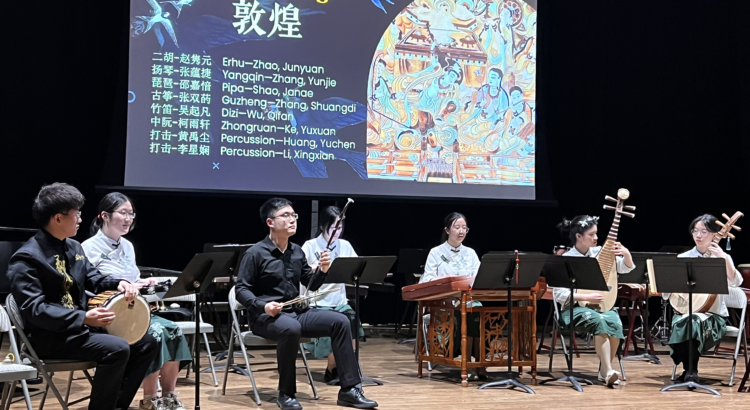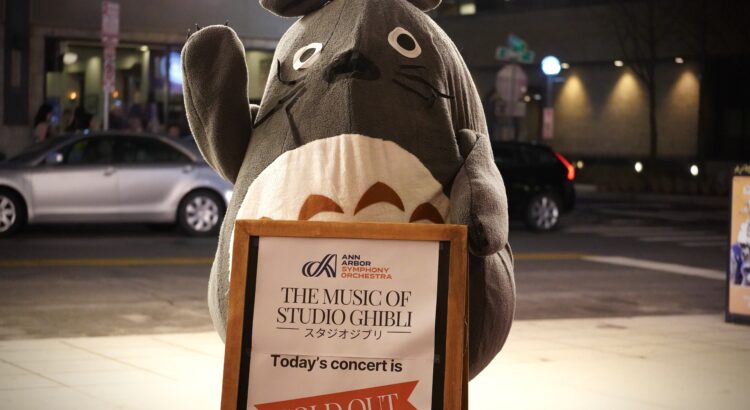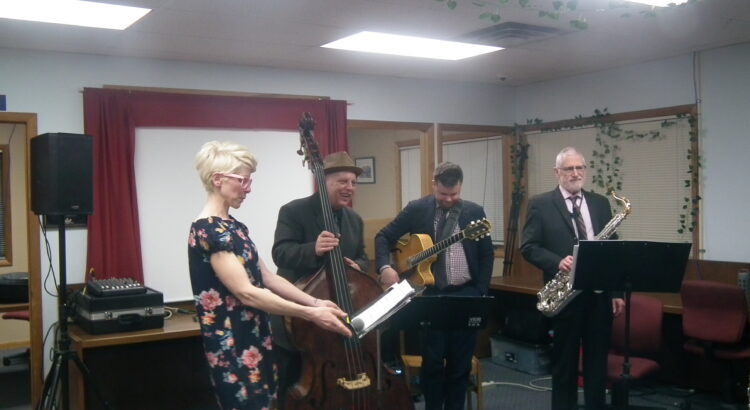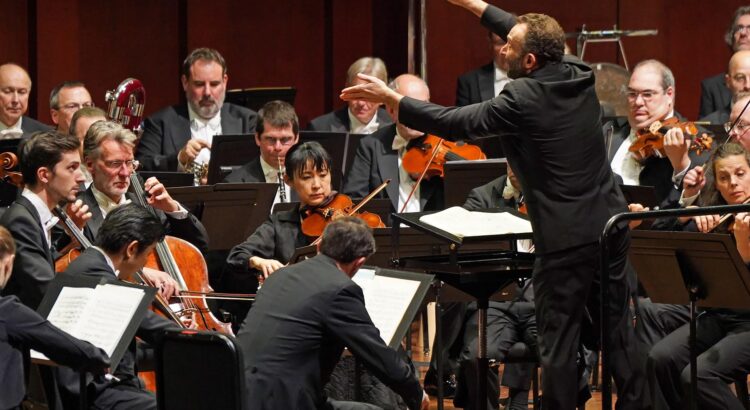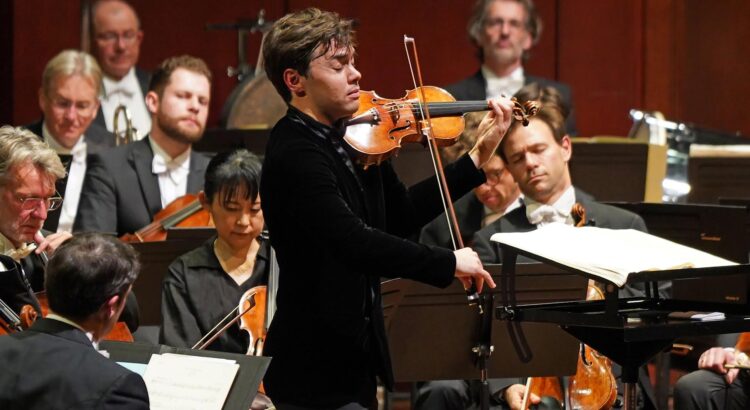In the fall of 2019, Qingyun Chinese Ensemble was founded, emerging as the University of Michigan’s first and only Chinese music ensemble and carrying a mission to bring traditional Chinese music to Michigan audiences. Their recent performance at the McIntosh Theater, Echoes: A Music Journey to the East, operates as an extension of their ambitions, focusing on bridging the gap between ancient melodies and contemporary interpretations. With extensive experience in their respective instruments, the members not only displayed technical skills but also a deep pride in representing their culture and heritage.
Echoes: A Music Journey to the East was divided into three chapters–Journey to the West, Diversity in Harmony, and Life as a Bundle of Spirits– each showcasing a diverse selection of short pieces. Soloists and full ensembles constantly fluttered on and off the stage with their instruments as two announcers enthusiastically introduced each piece’s context and featured instruments. The announcers noted specifics of certain instruments, for example, how the sound of a solo instrument accentuated the intended emotion of the piece, as well as some of the song’s history. Whether or not audience members arrived with prior knowledge of Chinese traditional music, Qingyun ensured they left with a newfound understanding of the genre.
My knowledge of Chinese traditional music is limited, and perhaps as a result, I found the evening marked by diverting surprises. I was taken at how the performers utilized the entirety of their instruments– for example, tapping on the base of the erhu (Chinese fiddle) or running a stick beater along the ridged encirclement of a dagu (Chinese bass drum)– and at the variety of songs being played. The repertoire ranged from Chinese folk music to more contemporary pieces, to adaptations of music from the video game Black Myth: Wukong, alongside a Japanese song and Mozart’s iconic Turkish March. The distinct sounds each instrument produced were strikingly beautiful, and when the full ensemble came together in the final chapter, their rich harmony was accentuated by individual tones adding layers of texture. I especially loved when the sounds of the dizi (Chinese transverse flute) poked through with its deep, melodic tones. Additionally, many of the traditional songs performed were deeply rooted in nature, a sensation that resonated in the music itself—the dizi evoked birdsong, the muyu (woodblock) mimicked the rhythm of galloping horses, and the guzheng (Chinese plucked zither) gently flowed like water streaming down a mountainside.

The compact McIntosh theater seated no more than 100 viewers, fostering an easy exchange between the performer on stage and the audience. The ability to see each musician’s fingers move deftly across their instrument, catch subtle expressions, and witness the silent nods exchanged before beginning a piece added a sense of intimacy to the experience. The final surprise song was one of exuberant energy as the behind-the-scenes crew was brought onto the stage and the audience was invited to heartily clap along to the rhythm. After the performance, there was also a ‘Meet the Instrument’ segment where the audience was invited to come up on stage and play the exhibited instruments.
The Qingyun Chinese Music Ensemble continues to provide a space for students to refine their craft while introducing new audiences to the often-overlooked beauty of Chinese traditional music. Their performance was both welcoming and educational, offering an experience that was not only immersive but also deeply personal, reflecting the performers’ passion for their art.
More information on the ensemble as well as the pieces and instruments performed in Echoes: A Music Journey to the East can be found here: https://qr-codes.io/pkFUwE

